“I Lost 130 lbs at Age 53!” — Here’s the Protein Combo That Builds Muscle + Boosts Weight Loss
“I lost more after age 50 than I ever did when I was younger!" — Sheryl Sealy
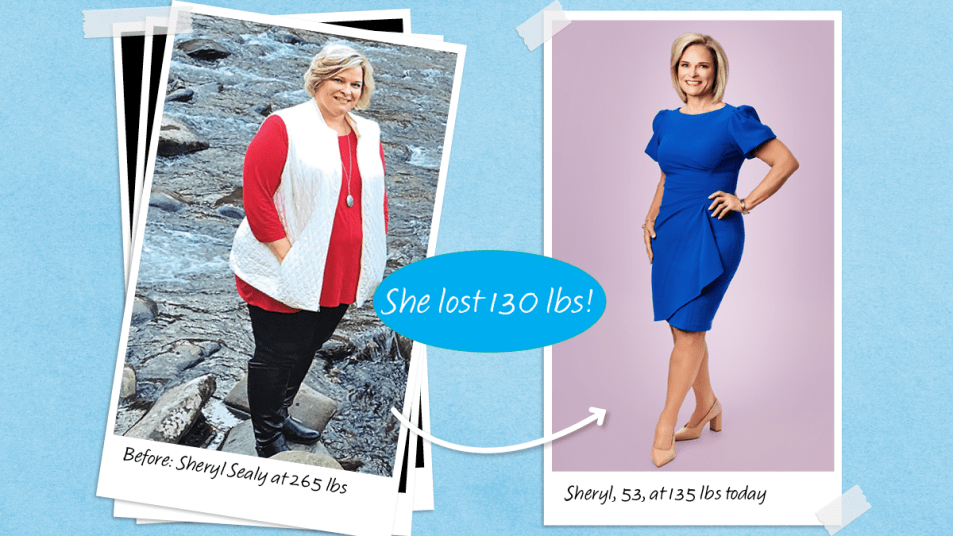
Many of us spent decades trying to eat less, move more and get slimmer. Why don’t more succeed? “Most of the time, people are trying to fix a weight problem when what they really have is a muscle problem,” says Forever Strong author Gabrielle Lyon, DO. She explains that traditional diets and exercise burn lots of muscle along with fat — and age-related changes can prompt more muscle loss. “Less muscle makes everything harder,” says the doc.
The good news: As we shift our efforts from weight loss to muscle growth, “cravings dissolve, energy shoots up, blood sugar and cholesterol improve, mood gets better, metabolism goes up.” The combined effects help older women get lean at triple speed, per a Texas A&M study. Sheryl Sealy is living proof. “I lost more after age 50 than I ever did when I was younger,” says the Georgia empty nester, down 130 pounds. “But most important is how strong and free I feel.” Read on for her inspiring story and to learn all about how women can build muscle to lose weight.
Why old-fashioned diet and exercise routines can backfire
For those who don’t know, cutting calories can result in a protein shortage that causes us to burn our own muscle as emergency fuel. And while aerobic exercise has lots of benefits, it does little to protect muscle as women age. Losing muscle slows metabolism and makes it easy to regain lost weight — a big reason eat-less-move-more often fails, notes Dr. Lyon.
Of course, misguided shape-up efforts aren’t the only issues. Dr. Lyon notes that a sedentary lifestyle, a nutrient-poor diet and natural age-related declines in growth hormone can also make muscle vanish — with impact far beyond tight pants and trouble opening jars.
The slimming effect of muscle
Turns out, our muscles are the main way we use up the carbs and fat we eat, burning them off even as we sleep. “If you have low muscle mass, you probably won’t be able to handle all the blood sugar and fatty acids released from your food,” says the doc. The hormone insulin will try to get cells to burn sugar, but lots still ends up as flab. Over time, constant sugar overload cause cells to malfunction, blood sugar and insulin creep higher and we’re on the path to prediabetes and type 2 diabetes.
Excess sugar also causes inflammation linked to everything from tiredness and arthritis to poor immunity and heart disease. It’s a scary domino effect “that you can reverse with small steps to restore muscle,” says Dr. Lyon. “You won’t look like a bodybuilder, but you will get extraordinarily healthy. I’ve seen it happen thousands of times.”
Moves to lose weight and build muscle
Any activity that gets muscles moving helps protect lean tissue, says Dr. Lyon. But to stimulate the growth of new muscle fiber, you need moves that tire muscles out. “You don’t need huge weights. You can simply lift your own body weight,” she says. Think modified pushups, crunches or walking up stairs. (FitnessBlender.com has a nice selection of free resistance workouts; just scroll through options and look for the green “free” label.) The goal is to challenge your muscles for at least 20 minutes 3–4 times a week.
Worth noting: Brazilian researchers found that older women who pair strength training and a protein-rich diet build 300% more muscle than those who skimp on protein. And as you get stronger, benefits pile up.
“When you contract muscle, it releases compounds called myokines that travel through the body and lower inflammation, help cells make energy and boost brain function,” says Dr. Lyon. It the reason that, as one example, the stronger we are, the lower our risk of age-related memory problems, per British research. “Muscle is also like a shield of armor that protects you from injury. Your ability to thrive is directly related to muscle tissue. The more the better!”
How to lose weight and build muscle success story: Sheryl Sealy, 53
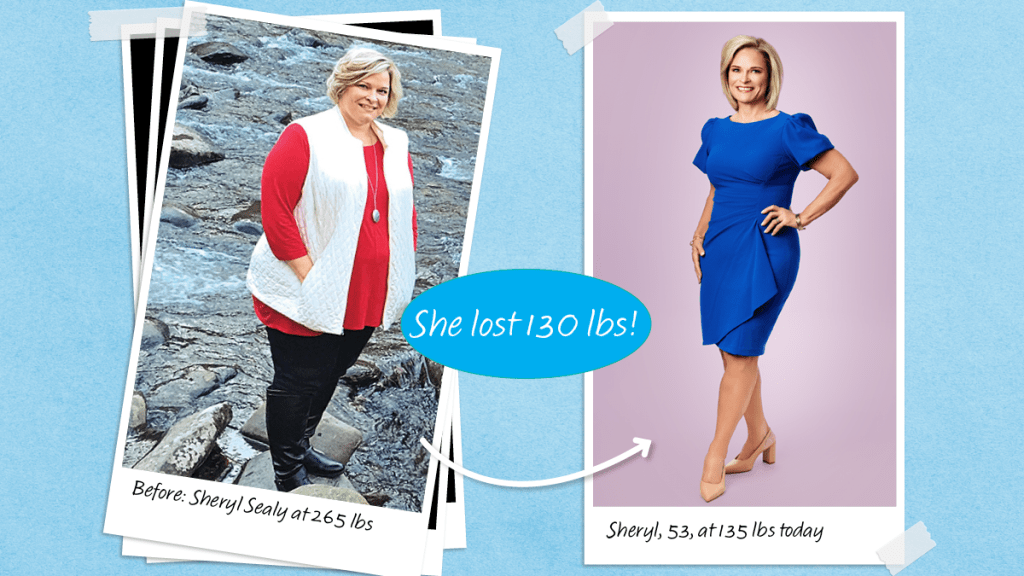
At nearly 265 pounds, Sheryl Sealy got COVID. “It was when so many were losing their lives, especially people as heavy as me,” she recalls. She was panicky through her quarantine, her mind racing the entire time. She worried she’d never get to retire with her husband, never get to meet her grandchildren. So a soon as her symptoms began to subside, she vowed to change. “After a lifetime of yo-yo dieting, it was the first time my main goal wasn’t to get thin. I wanted to be strong.”
Sheryl had heard protein and resistance training were key to building muscle. Restarting WeightWatchers for the millionth time, she leaned on Greek yogurt, bean soup, protein bars, taco salad with ground turkey, “and so much grilled chicken, my husband joked I’d start clucking,” she smiles. “Right away it helped me stay full and feel better.”
Her next step? She hit a local gym with a beginner circuit that including machines for different muscles. “I was sore afterward, but I knew it meant my body was changing for the better.” To Sheryl’s surprise, she soon fell into very healthy habits. “I got up at 5 am to exercise even though I was never a morning person. I suddenly wanted to move.”
In six months, she shed 50 pounds. Her energy exploded, and she improved her borderline high cholesterol, blood pressure and prediabetes numbers. Building muscle boosted Sheryl’s metabolism and made her physically strong. “It also made me feel empowered, like this is my time,” shares the Georgia municipal manager, 53.
Did she have bad days? Sure. Encouragement from family and friends kept her going; so did free resources at WellWeightLoss.net. “And I had a book where I tracked inches lost with colored pens, gave myself a sticker for goals accomplished and kept a list of reasons why I was on this journey — like not wanting to be tired or in pain and wanting to go kayaking. I could always flip through it for a boost.”
Gradually, she dropped 130 pounds. “Once I made getting strong my priority, everything changed,” says Sheryl. “I hope my story shows that you can succeed even after a million failures. Never give up on yourself!”
How women can eat to build muscle and lose weight
For powerful results, Dr. Lyon recommends at least .7 to .9 daily grams of protein for every pound of your ideal weight — about 100–120 grams for most women. She advises rounding out meals with produce, good fat and limited unprocessed carbs. See sample meals before for inspiration. Also aim for at least 60 minutes of muscle-building exercise per week. A free app like Cronometer makes tracking protein and activity easy.
Sample breakfast with 40 grams protein
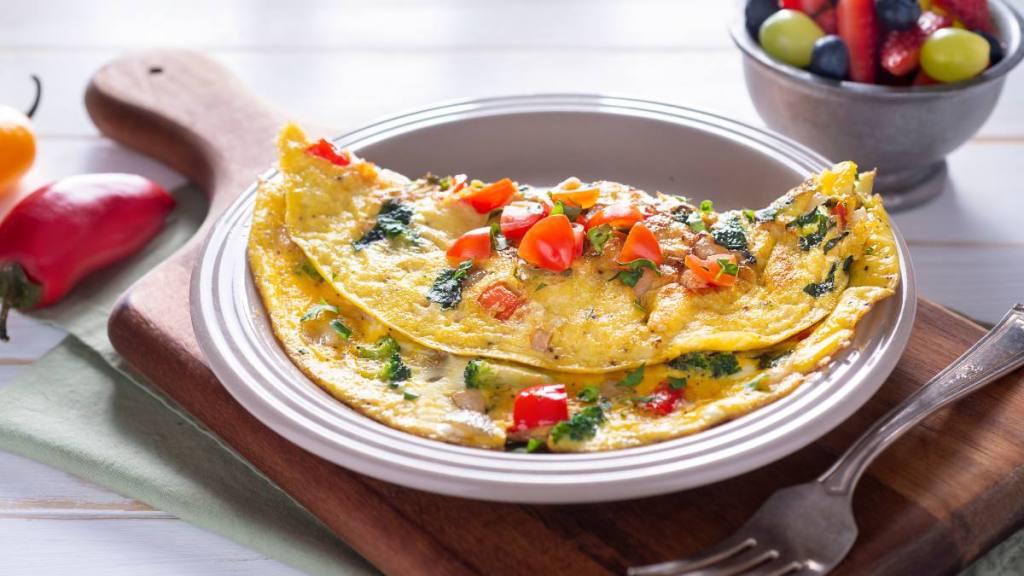
Prepare an omelet or scramble with 1 cup egg whites or egg substitute, ½ cup diced ham, veggies to taste and cooking spray
Sample lunch with 43 grams protein
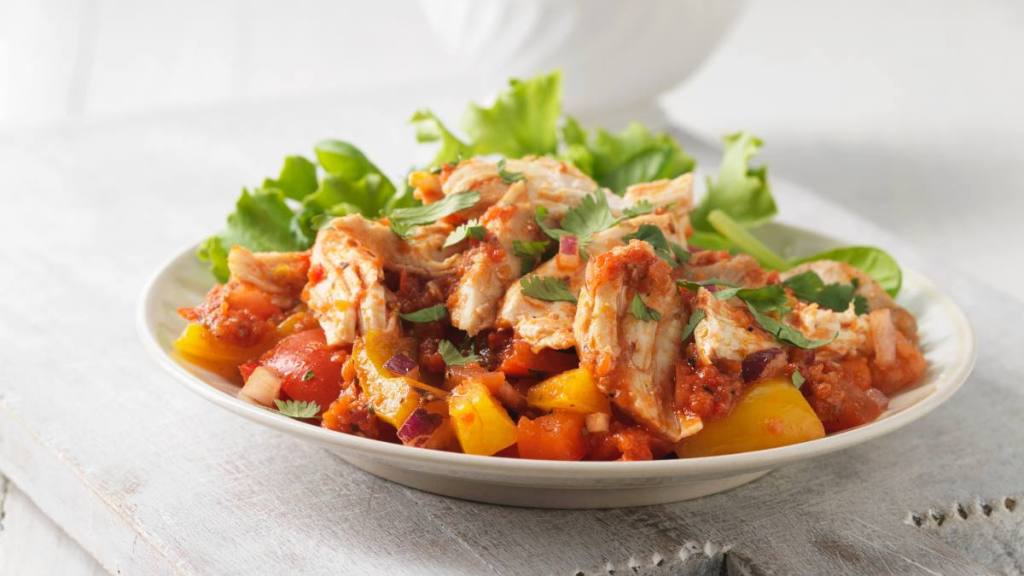
Bake 1 chicken breast and ½ salsa in loaf pan at 375ºF until done, 25-30 minutes. Shred and serve over bell pepper sauted in olive oil.
Sample dinner with 41 grams protein
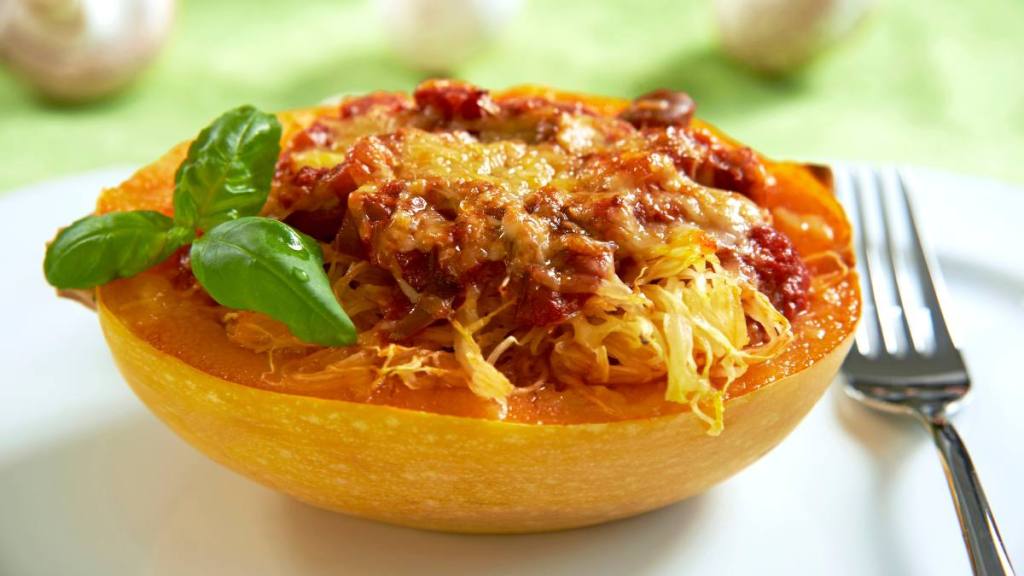
Top ½ cooked spaghetti squash with 6 ounces browned ground turkey, ¼ cup marinara and 3 Tbs. Parmesan. Broil.
Bonus recipe: DIY protein fudge
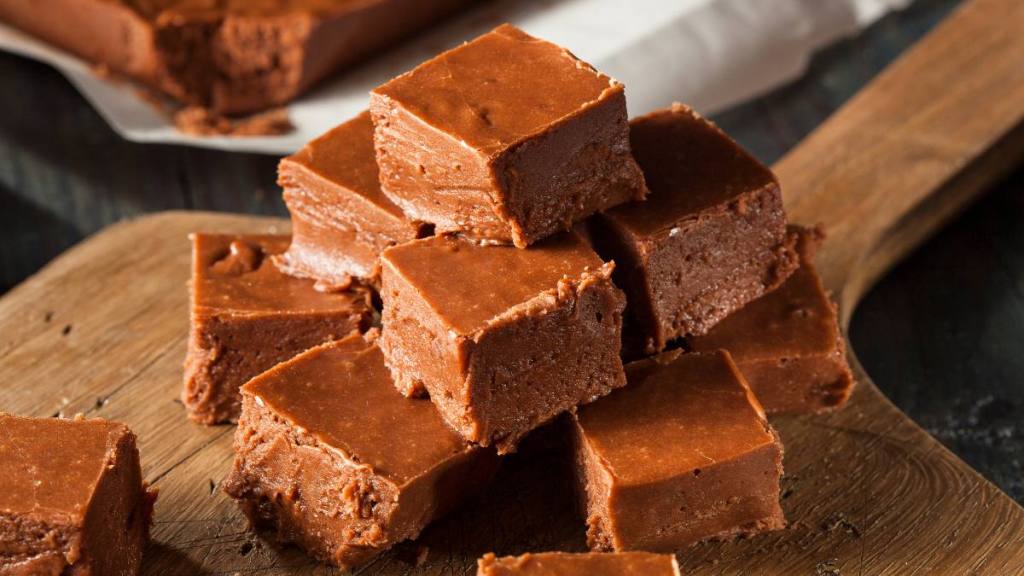
Two decadent squares of this treat delivers 12 grams protein
Ingredients:
- ¾ cup protein powder
- 5 Tbs. cocoa
- 4-6 Tbs. room-temp coffee
- ¼ cup nut butter
- 2 Tbs. melted coconut oil
- pinch salt
Instructions:
- Mix protein powder and cocoa. Stir in 4 Tbs. coffee.
- Add nut butter, oil and salt. Mix well; add more coffee if needed until thin enough to spread.
- Transfer to parchment-lined loaf pan. Freeze 2 hours.
- Cut in 12 pieces. Store in freezer.
Serves 6
Click through for more stories on boost protein to get lean:
Weight Loss Success: “I Lost Faster At Age 71 Than Ever Before With This Protein Trick”
Proffee: The Delicious Breakfast Helping Women Over 60 Lose Weight Effortlessly














